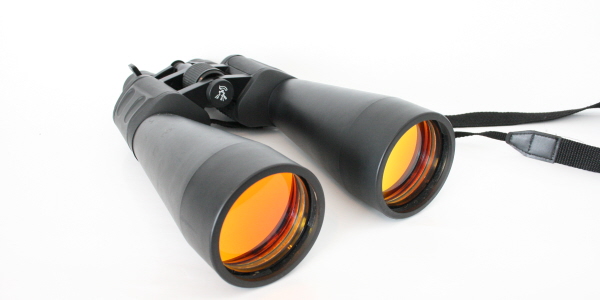We recently published my twelfth annual CPO-themed report, CPO Rising 2017: Tools of the Trade. Today’s article is part of an ongoing series focused on the report’s key findings. You can get the report here (registration required).
In procurement as in other facets of business, it is important to consider the organizational mindset for action and investment (i.e. risk) because procurement organizations, as a whole, and Chief Procurement Officers (CPOs), in particular, frequently find themselves in the challenging position of having to improve their performance without an ability to increase their current stable of resources. The ability to scale processes and expertise across a growing spend portfolio is valuable, if not critical, to the procurement teams seeking to expand their influence and impact. Technology, when it is well-deployed and used proficiently, offers a multiplier effect on a procurement team’s efforts and remains a key factor in optimizing operations and performance.
A Brief History of Procurement Technology Adoption
With the rise of the “dot.coms” nearly two decades ago and the wave of technological innovation it created, CPOs and procurement teams began adopting digital tools to aid in the execution of key processes, like sourcing, procurement, contract management, and spend analysis. Whilst a boon for the enterprises with the maturity and resources to take advantage of the early platforms, the hard truth is that many groups could not tap into the real power of these solutions. The market stalled only to be rejuvenated a few years later by the innovation of cloud technology and an aggressive drive to improve solution usability.
Over the last five years, supply management tools have become more user-friendly, accessible, and easily integrated with the enterprise’s technology infrastructure. As a result, their level of usage is increasing, albeit slowly. In turn, users are driving more volume and ultimately more value from them. Digital, automated tools have enabled fewer hands to transact greater volumes of tactical work, which has allowed CPOs and teams to shift their focus to the strategic parts of the business, like relationship-building and long-term planning. They have also helped practitioners and leaders to extract more value out of their processes by capturing and managing procurement data and converting it into intelligence; and then leveraging that intelligence to make faster, more informed decisions across the source-to-settle process.
Current Technology Adoption Levels
The successful users of procurement solutions prove year-in and year-out the value that technology can play in helping scale a procurement operation and maximize its impact and performance. Yet, twenty years after the first procurement automation solutions were brought to market, a fully-automated procurement department remains the exception and not the rule. Across the full breadth of supply management solutions, the current adoption levels are highest for eProcurement (62%) and eSourcing (53%). There is clearly an opportunity for more organizations to adopt these two and other solutions, like automated spend analysis and automated contract management.
In 2017, the CPO’s holistic view of processes is finally matched by the suite-based approach in selecting technology. RFPs for full suites (or multiple applications) have become the norm. The benefits of standard navigation and user experiences, common data standards and integrations, and even single sign- on have helped the market for technology suites reach a tipping point.
Over the next two to three years, CPOs indicate that they plan to increase their investment in technology solutions. This would drive current adoption levels well past 50% for all applications detailed in CPO Rising 2017: Tools of the Trade, and into the 80% or 90% range for some. It is worth noting that historically, procurement leaders have been unable to fully convert their technology investment plans into action. Although there are significant opportunities available for procurement organizations to adopt some or all of these tools in the near future, the pace of adoption should continue to be incremental rather than meteoric.
Final Thoughts
That the average procurement department still struggles to adopt and drive business value from its technology investments is less than ideal; but the challenges that organizations face in adopting enterprise technology are complex and not unique to procurement departments. Most other business functions struggle to automate their operations. That fact, however, does not excuse any procurement individual and organization from aggressively trying to change that. Ultimately, this all means that the CPO’s technology strategy is more important than ever and it should be both well-constructed and, given the level of innovation in the market, regularly reviewed and refined.
Want to learn more? Get the CPO Rising 2017 report.
RELATED ARTICLES
CPO Rising 2017: Stepping Inside the Procurement Mindset
CPO Rising 2017: Staying Focused on the Long Game in Procurement
CPO Rising 2017 – Bridging the Technology Gap
CPO Rising 2017 Report: Extreme Technology Adoption
The CPO Rising 2017: Tools of the Trade Report… is Now Available
Announcing The CPO Rising 2017: Tools of the Trade Report


Pingback: Procurement Technology Adoption – EProcure